 My thanks to those regular readers who have emailed to express concern over the prolonged silence at this end (my last post appeared on April 8). All’s well, I assure you. Matters of a personal nature have simply preoccupied me.
My thanks to those regular readers who have emailed to express concern over the prolonged silence at this end (my last post appeared on April 8). All’s well, I assure you. Matters of a personal nature have simply preoccupied me.
However, during that time I have prepared a number of posts of my own, as well as several Guest Posts, for the coming months. So you can look forward to a steady stream over the summer months and into the fall.
No Justice for Naruto
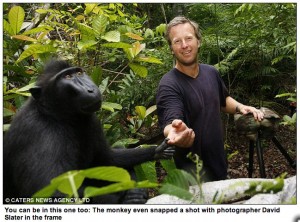
David Slater with macaque, primate photographer unidentified, Indonesia, 2011, as captioned by the London Daily Mail.
It seems like one of those lawsuits that just won’t die: The endless legal effort to establish a claim to copyright and subsidiary rights on behalf of Naruto, a crested macaque residing in an Indonesian nature preserve, for “selfies” made with nature photographer David Slater’s camera in 2011. This comes from the unsigned report “Federal appeals court rejects monkey selfie suit,” Associated Press, April 23, 2018:
SAN FRANCISCO — U.S. copyright law does not allow lawsuits claiming that animals have copyrights to photographs, a U.S. appeals court ruled Monday in a case over selfies taken by a monkey.
The decision by the 9th U.S. Circuit Court of Appeals in San Francisco upheld a lower-court ruling in favor of David Slater, the photographer whose camera was used to take the photos. The appeals court said U.S. copyright law confers the right to sue on humans.
The monkey, a crested macaque named Naruto, snapped the photos in 2011 with an unattended camera. …
People for the Ethical Treatment of Animals (PETA) has pursued this case relentlessly for the past seven years, apparently seeing in it the potential for a ruling that would open a wide door for the animal-rights movement, establishing a precedent for subsequent claims that animals have selfhood and exercise autonomous agency in ways that merit recognition and protection by the courts and the legal system.
Here we have a classic instance of what Thomas Sowell describes as the “unconstrained vision,” taken to the extreme at which it begins to seem loony. It doesn’t require a strict constructionist to see the slippery slope down which PETA’s desired outcome plunges us. Call me (relatively speaking) unevolved, but I agree with the court here, as I have with earlier findings in this case: Copyright law covers the actions and creations of humans, and only humans. Claim otherwise and all those cat videos become feline performance art, whose performers — like Maru the box lover, or Henri, the existential French cat — deserve not just special treatment for their cooperation but the lion’s share of the royalties earned by their humans for product endorsements and such.
Nor, given Slater’s original assertion that Naruto picked up his unguarded camera and made those exposures, can this nature photographer claim copyright, as he has tried repeatedly to do in the courts. According to the law, as verified repeatedly by the courts, Naruto’s production of those digital files, and Slater’s subsequent publication of them along with the story of their making, immediately put them in the public domain — nature’s own immediate Creative Commons license, if you will.
I should add that the careless use of the phrase “a crested macaque named Naruto” in the above report by this unidentified journalist, as well as similar phrases by other named and unnamed reporters in other stories on this case, muddies the waters further. It implies that this particular primate goes by that name, chose it or otherwise accepted it, in the same way as David Slater goes by his name and and I go by mine, an assertion of self-awareness and individual identity.
Hardly the case. No one in this case has presented evidence that this monkey recognizes or responds to that name. More accurately, and less anthropomorphically, one should write that he is “called (or referred to as) Naruto by the custodians of this sanctuary.”
The Weasel List (continued)
The phenomenon of people denying that their actions reflect their identities manifests itself ever more frequently. Consider this, from the unsigned story “Manhattan attorney behind race-fueled restaurant rant issues apology,” ABC News, May 23, 2018:
A Manhattan lawyer whose race-fueled tirade inside a Midtown restaurant went viral has apologized and said he respects and appreciates “the remarkable diversity” New York City offers.
Attorney Aaron Schlossberg posted the message on his Twitter and LinkedIn pages, saying he is not racist and is “deeply sorry” for his actions.
“To the people I insulted, I apologize,” he wrote. “Seeing myself online opened my eyes — the manner in which I expressed myself is unacceptable and is not the person I am. I see my words and actions hurt people, and for that I am deeply sorry. While people should be able to express themselves freely, they should do so calmly and respectfully. What the video did not convey is the real me. I am not racist. One of the reasons I moved to New York is precisely because of the remarkable diversity offered in this wonderful city. I love this country and this city, in part because of immigrants and the diversity of cultures immigrants bring to this country. Again, my sincerest apologies to anyone and everyone I hurt. Thank you.”
As I’ve noted previously, Alfred Korzybski, founder of the discipline known as general semantics, argued that we should beware of all variants of the verb to be. In using it, he proposed, we risk falling prey to the fallacy he called “the is of identity” — the tendency to freeze the subject of that verb into a single aspect, when it (or he or she or they) will inevitably have multiple facets that “the is of identity” will ignore and dismiss. (See “Owning Yourself,” October 5th, 2014.)
Following that guideline, Korzybski would doubtless encourage us to say that in this particular situation Schlossberg exhibited racist behavior, instead of defining him as a racist. Schlossberg himself employs that defense when he asserts that “the manner in which I expressed myself … is not the person I am. … I am not racist,” effectively proposing that this documented instance represents something uncharacteristic of him.
I doubt that Korzybski ever imagined that his formulation (or variants thereof) would get used by people trying to avoid taking responsibility for their own actions. And I’m certain that those using what we might call the “Korzybski defense,” Schlossberg included, do so entirely unaware of the source of their attempted mitigation. Otherwise, they’d surely avoid undercutting their own defense by affirming “the is of identity” with such locutions as Schlossberg’s “the manner in which I expressed myself … is not the person I am.” (Emphasis added.) As his professors at George Washington Law School would tell him, that’s not savvy lawyering.
No Price for Disruption
On April 9 I sent the following email to Michael Zhang, editor-in chief of the website Petapixel:
I enjoyed reading your amusing April 6 interview with Rick Smolan, “How Tech Disrupted Photography and Made Things ‘Awful’ for News Photogs.”
![]() It amused me because you’re clearly unaware that, by dint of his “Day in the Life of” enterprise, Smolan is extremely culpable in relation to the very conditions you present him as deploring: the destruction of the traditional revenue stream for photojournalists, the “disruption” of the picture-agency model, and the consequent deprofessionalization of photojournalism.
It amused me because you’re clearly unaware that, by dint of his “Day in the Life of” enterprise, Smolan is extremely culpable in relation to the very conditions you present him as deploring: the destruction of the traditional revenue stream for photojournalists, the “disruption” of the picture-agency model, and the consequent deprofessionalization of photojournalism.
Perhaps if you had read Robert Dannin’s scathing, detailed, insider analysis of the DITLO projects published earlier this year at my blog, you might have approached Smolan’s self-presentation in that video accompanying this puff piece with some tough questions about his energetic complicity in destroying the industry, instead of merely amplifying the softball questions lobbed at him by Scott Galloway of L2 in the video.
By choosing to do nothing more than repeat and paraphrase Smolan’s self-serving account, you achieved nothing beyond boosting Smolan’s brand in an exculpatory way and putting Petapixel’s stamp of approval on his role in all this.
That is to say, you could have approached this subject critically, as a real journalist. Instead, you basically rewrote a press release.
In my opinion, this is embarrassing for you, and for Petapixel. Perhaps in the future you’ll do better.
Best, Allan
Open Letter to the Editorial Board, Montgomery Advertiser
I read with great interest the front-page editorial “Our shame: The sins of our past laid bare for all to see,” authored (as I understand it) by Bro Krift, the executive editor, signed by the Montgomery Advertiser editorial board, and published on April 26, 2018.
![]() It took almost exactly 103 years after the end of the Civil War for you to screw up your courage and make this apology, prompted no doubt by the opening of the National Memorial for Peace and Justice just a 15-minute walk from your offices. Still, having such an expression of regret, however belated, come from the Montgomery Advertiser — “known in the 19th century as the leading paper of the Confederacy,” according to the New York Times — surely signifies something.
It took almost exactly 103 years after the end of the Civil War for you to screw up your courage and make this apology, prompted no doubt by the opening of the National Memorial for Peace and Justice just a 15-minute walk from your offices. Still, having such an expression of regret, however belated, come from the Montgomery Advertiser — “known in the 19th century as the leading paper of the Confederacy,” according to the New York Times — surely signifies something.
In it you write, “We take responsibility for our proliferation of a false narrative regarding the treatment of African-Americans in those disgraceful days.” This is a lie. You didn’t “proliferat[e] a false narrative regarding the treatment of African-Americans.” To the contrary, you provided your readers an accurate, often excruciatingly detailed account of exactly how your white readers — including your white advertisers and subscribers, your white reporters, your white editors, and your white publishers — treated African-Americans, while simultaneously demonstrating that you fundamentally condoned their homicidal rage. This makes your coverage of these events an invaluable record of your complicity and involvement in a chain of unspeakable crimes against humanity.
“The Advertiser was careless in how it covered mob violence and the terror foisted upon African-Americans from Reconstruction through the 1950s.” So the very first word you choose to describe your paper’s despicable role in these heinous crimes is “careless”? Not evil; not criminal; not complicitous; not racist; not terroristic; not immoral, vile and disgusting; not dishonorable; not even un-Christian. Merely “careless.” How very carefully phrased. Shows just how far you’ve come from your “careless” past.
Notably, you also fail to name any of the past editors responsible for publishing these revolting endorsements of white Christian lawlessness, and leave unidentified the reporters who announced in advance these communal murders and then reported on them in gleeful detail. No calling any individuals to account for past sins, no reminding their descendants of their forebears’ guilt. More carefulness.
A bit further on, you write, “We went along with the 19th- and early 20th-century lies that African-Americans were inferior.” Bullshit. You didn’t merely “go along” with what you at long last acknowledge were blatant falsehoods. You believed those lies, as a result of which, as you admit in your next sentence, “We propagated a world view rooted in racism and the sickening myth of racial superiority.” (As a colleague of mine used to say, “Scratch a good American and you’ll find a good German.”)
“We didn’t take the time to learn who [the victims of lynching] were and tell their stories, and we take responsibility for our predecessors’ negligence.” Another careful choice of word, that “negligence.” The headline on the accompanying story, by editor-in-chief Brian Lyman, reads, “‘There will be lynchings’: How the Advertiser failed victims of racial terror.” “Failed them?” Hardly le mot juste. The Montgomery Advertiser made common cause with, and in some cases actively colluded with, these murderers, not infrequently announcing the time and place of forthcoming lynchings.
“Careless, negligence., went along with, failed …” Weasel words. Your treasonous predecessors would be proud of you.
•
 Special offer: If you want me to either continue pursuing a particular subject or give you a break and (for one post) write on a topic — my choice — other than the current main story, make a donation of $50 via the PayPal widget below, indicating your preference in a note accompanying your donation. I’ll credit you as that new post’s sponsor, and link to a website of your choosing. Include a note with your snail-mail address (or email it to me separately) for a free signed copy of my 1995 book Critical Focus!
Special offer: If you want me to either continue pursuing a particular subject or give you a break and (for one post) write on a topic — my choice — other than the current main story, make a donation of $50 via the PayPal widget below, indicating your preference in a note accompanying your donation. I’ll credit you as that new post’s sponsor, and link to a website of your choosing. Include a note with your snail-mail address (or email it to me separately) for a free signed copy of my 1995 book Critical Focus!
 But wait! There’s more! Donate now and I’ll include a copy of The Silent Strength of Liu Xia, the catalog of the 2012-13 touring exhibition of photos by the dissident Chinese photographer, artist, and poet, currently in her sixth year of extralegal house arrest in Beijing. The only publication of her photographic work, it includes all 26 images in the exhibition, plus another 14 from the same series, along with essays by Guy Sorman, Andrew Nathan, and Cui Weiping, professor at the Beijing Film Academy.
But wait! There’s more! Donate now and I’ll include a copy of The Silent Strength of Liu Xia, the catalog of the 2012-13 touring exhibition of photos by the dissident Chinese photographer, artist, and poet, currently in her sixth year of extralegal house arrest in Beijing. The only publication of her photographic work, it includes all 26 images in the exhibition, plus another 14 from the same series, along with essays by Guy Sorman, Andrew Nathan, and Cui Weiping, professor at the Beijing Film Academy.


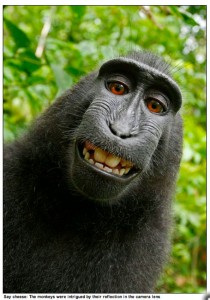
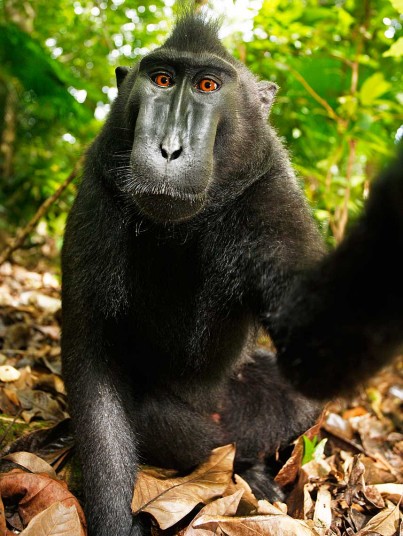
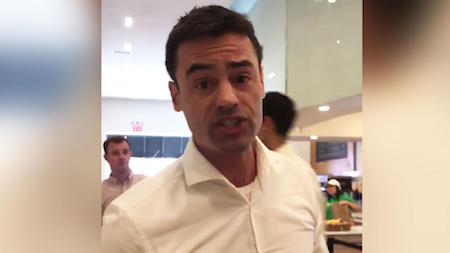
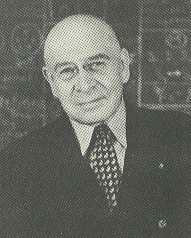
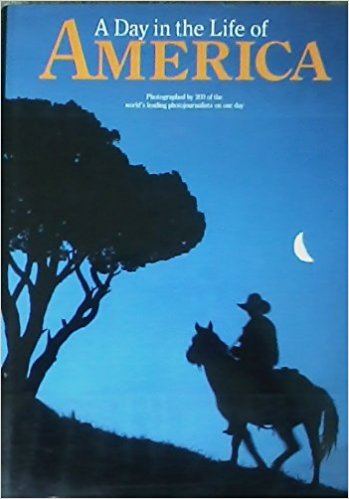
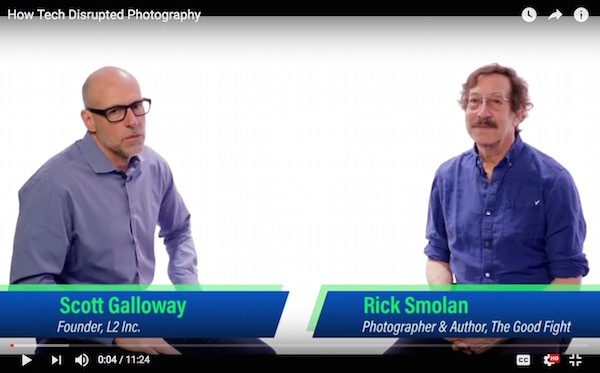
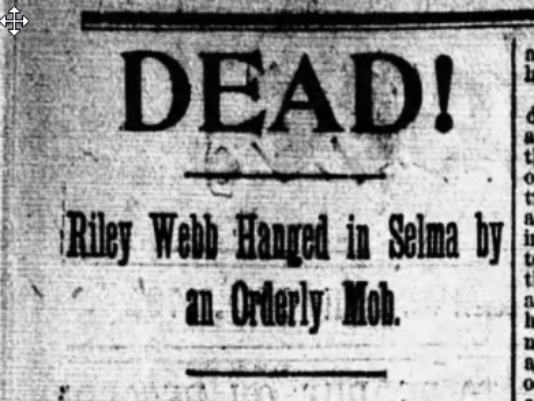
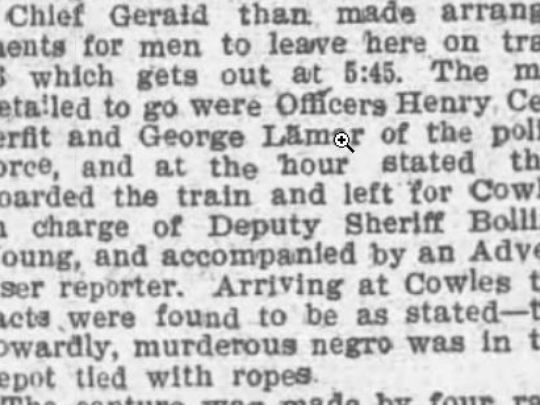




Glad to read that you’re doing well. However, the title chosen here (“Ends and Odds”) is far too self-effacing to help future scholars and search engine optimizers. Save it for cat meditations, grocery lists and random field trips. Instead, how about anything along the lines of “Portrayal or Betrayal”? Or perhaps “Crafting the Self, along with Credit, where appropriate”? Or “Full Confession is Good for the Soul?”
If you’re suggesting that with this catch-all title I trivialize, inappropriately, some substantial and considered mini-essays … you’re probably right. I will re-think this practice, perhaps reserving that rubric for more light-hearted scraps.